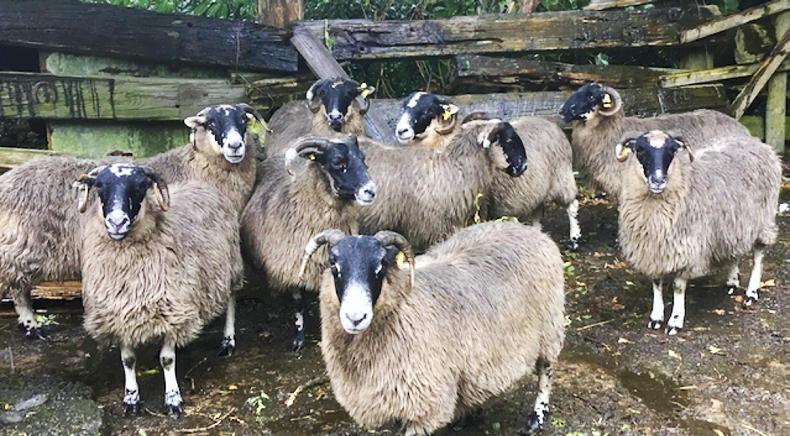For the second year in a row, we sold the last of our lambs as stores rather than trying to finish them. And as with 2017, it looks like it was the right decision for a number of reasons.
First, we’ve reduced the demand on grass and can build autumn covers more easily. The ewes can also receive our full attention now and will be in the best condition possible when the rams are joined.
Price
Another major influence in our decision was price: it’ll continue dropping now until December so the extra weight we’d put on the lambs would effectively be cancelled out by the drop in price.
And, finally, similar to 2017 again, we need a break. After a busy few months, batteries and morale need to be recharged ahead of the winter period.
When you consider each point above, finishing the last half-dozen of our lambs doesn’t make much sense. If we had large numbers, that’d be different when the economies of scale would make it worthwhile.
Change of system
Things may change in 2019, however, as we change the breed of ram used on the farm. We used a Charollais for the 2018 lamb crop but will take on two Suffolks in a few weeks to give us our 2019 crop of lambs. This comes from taking part in Teagasc’s INZAC trials with Irish and New Zealand elite rams. Our role will be to cross the rams with our commercial flock and monitor the resultant ewe lambs over the course of their breeding lives.
Our current spreadsheets already record most of the data required on these animals. The extra few measurements such as 40-day weights will not add much to the workload.
Our role will be to cross the rams with our commercial flock and monitor the resultant ewe lambs over the course of their breeding lives
As if the change of rams wasn’t enough, we also bought in some extra ewes to get the most from the Suffolks while they’re here. Initially we looked for mule hoggets, similar to the ones currently in the flock.
Price, however, dictated that we had to compromise. As ever, what you want and what you can afford can be very different things.
So, we ended up buying aged Scotch blackface ewes from a neighbour who claims crossing them with a Suffolk will take us back to what everyone used to do for replacements before mules became popular.
Our flock now comprises 35 ewes with Belclare, Llyen, and mule blood, plus nine Scotch ewes, giving 44 ewes in total for the rams.
If we wean at 1.5 lambs/ewe, we should have roughly 30 Suffolk-cross ewe lambs next year, assuming a 50/50 split between ram/ewe lambs.
Lest we get too optimistic, I’ve also since been told that crossing Scotch ewes with a Suffolk ram is very rare. My reply to such raised eyebrows is that you need to keep things interesting and use the sheep enterprise to generate exercise for the brain. Lord knows, it generates little else in terms of financial margin anyway.
Kieran Sullivan and his brother farm part-time in Co Waterford. You can follow him on Twitter: @kieran_sullivan






 This is a subscriber-only article
This is a subscriber-only article










SHARING OPTIONS: